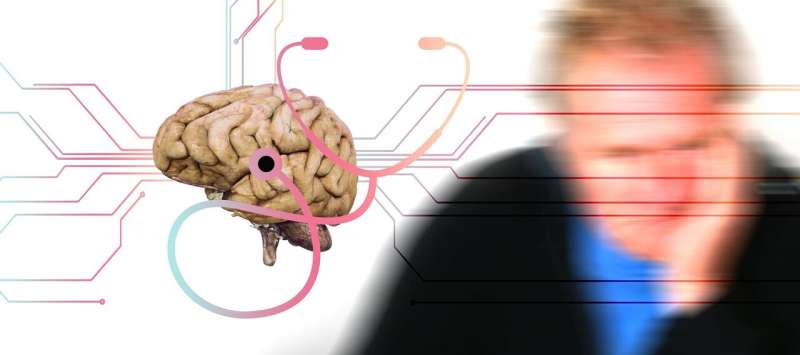Decades of Research Connects Viral Infections to Alzheimer's Disease

For over thirty years, scientists have explored the possible links between viral infections and the development of Alzheimer's disease. Recent studies have brought renewed attention to this long-standing hypothesis, suggesting that viruses, especially those responsible for common cold sores, might play a significant role in the progression of neurodegenerative conditions.
The herpes simplex virus type 1 (HSV-1), known for causing cold sores and often acquired during childhood, tends to remain dormant in the body's nerve cells. It can stay inactive for decades, but factors such as stress, illness, or injury can reactivate it, leading to cold sore outbreaks. Intriguingly, this same virus has been found in the brains of older individuals, hinting at a possible connection to Alzheimer’s disease.
Early research by scientists, including Ruth Itzhaki and her colleagues, revealed the presence of HSV-1 in the brains of elderly people and established that individuals carrying certain genetic variants, such as APOE-e4, who also harbor the virus, face a substantially higher risk of developing Alzheimer's. Studies showed that infected brain cells produced abnormal proteins characteristic of Alzheimer’s pathology, including amyloid plaques and tau tangles.
Furthermore, the virus’s DNA has been identified within these sticky protein clumps in the brains of Alzheimer's patients. Laboratory experiments demonstrated that antiviral medications could reduce virus-induced damage, suggesting potential therapeutic strategies. Large epidemiological studies also indicated that severe infections with herpes viruses increase the risk of Alzheimer’s, but antiviral treatments seem to lower this risk.
Building on this foundation, researchers also investigated other dormant viruses, like those causing chickenpox and shingles, which might contribute similarly to brain health. Notably, individuals vaccinated against shingles have shown a lower incidence of dementia, supporting the idea that preventing viral reactivation can reduce neurodegeneration.
Advanced 3D brain models with dormant herpes infections have shown that additional infections or brain injuries could trigger virus reactivation, leading to damage similar to Alzheimer’s disease. Inhibiting inflammation in these models prevented viral awakening and subsequent tissue damage. These findings open avenues for new preventive measures, including vaccines or antiviral therapies, especially for those with genetic susceptibility.
The evolving evidence underscores the importance of understanding viral contributions to Alzheimer's disease. Preventing and controlling dormant infections could be a promising approach to reduce the risk of this devastating condition, transforming how we approach prevention and treatment in the future.
This research highlights a potential paradigm shift in neurodegenerative disease management, emphasizing infection control as a critical component of Alzheimer’s prevention efforts.
For more details, see source: medicalxpress.com
Stay Updated with Mia's Feed
Get the latest health & wellness insights delivered straight to your inbox.
Related Articles
EPA's Partial Rollback of Drinking Water Limits for 'Forever Chemicals' Explained
The EPA has announced a partial rollback of regulations on PFAS chemicals in drinking water, sparking debate over public health and industry impacts. Learn what this means for water safety and environmental health.
Global Study Reveals Widening Scale of Infant Malnutrition, Urging Immediate Action
A new global study uncovers the widespread and alarming extent of malnutrition among infants under six months, calling for immediate health interventions to save millions of vulnerable lives.
Innovative Approaches to Primary Care for Individuals Living with Obesity
A Drexel University study co-designed an ideal primary care experience for individuals with obesity, emphasizing empathy, respect, and inclusivity to improve healthcare engagement and reduce stigma.
Survey Highlights Unfitness of Police Uniforms in England and Wales and Related Health Concerns
A comprehensive survey uncovers widespread dissatisfaction and health risks associated with police uniforms in England and Wales, emphasizing the need for better ergonomic design to protect officers' wellbeing and effectiveness.



